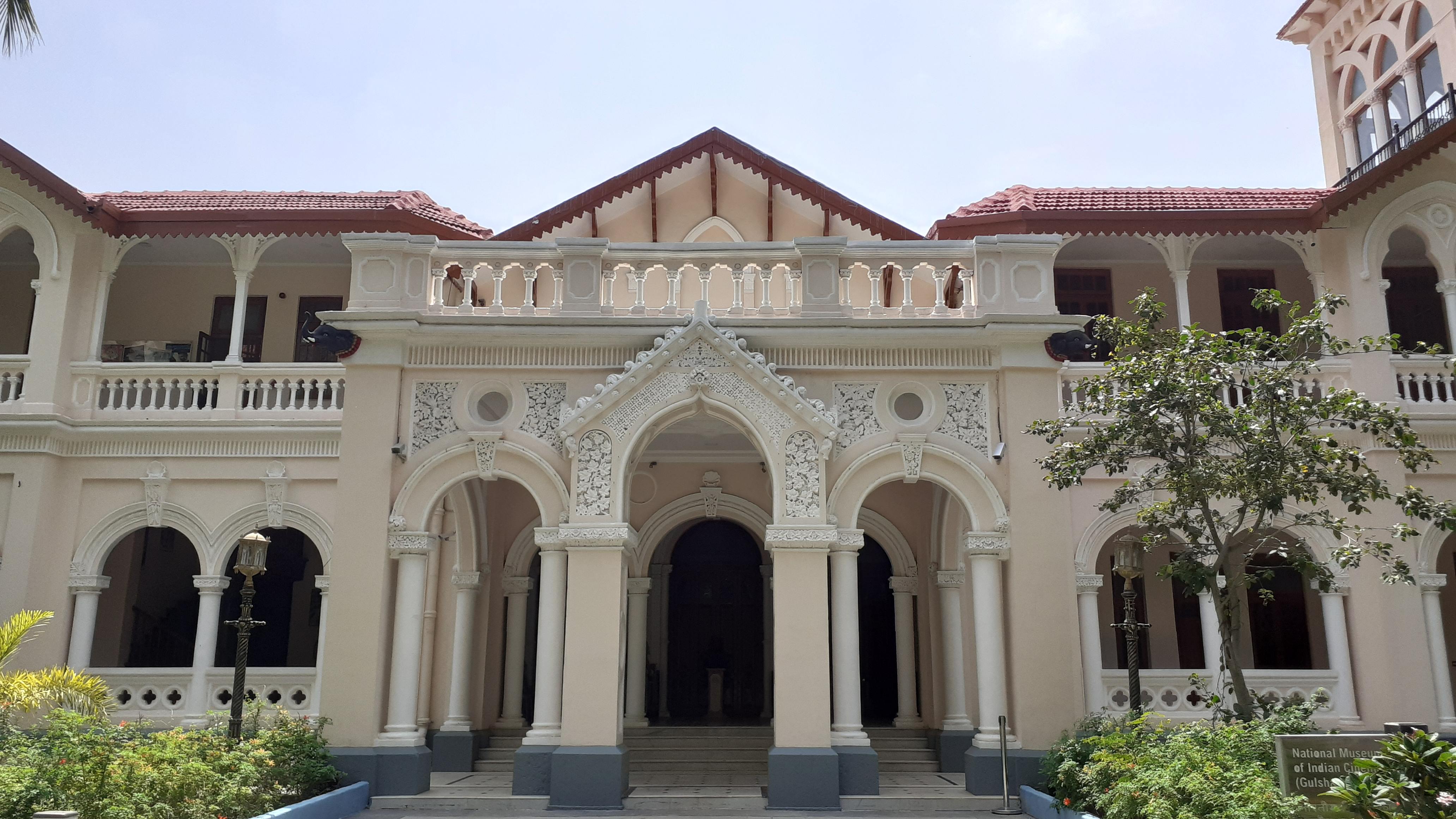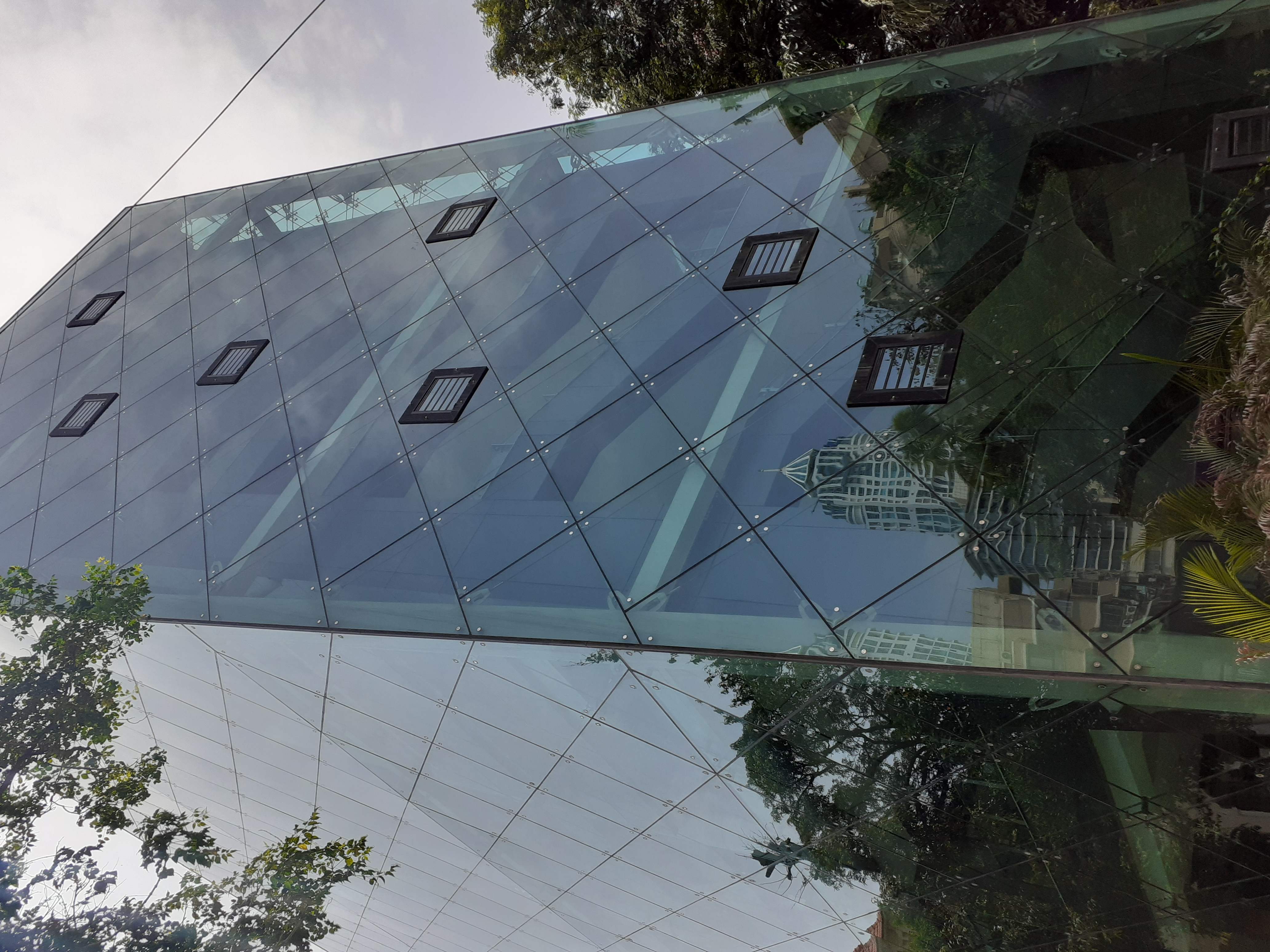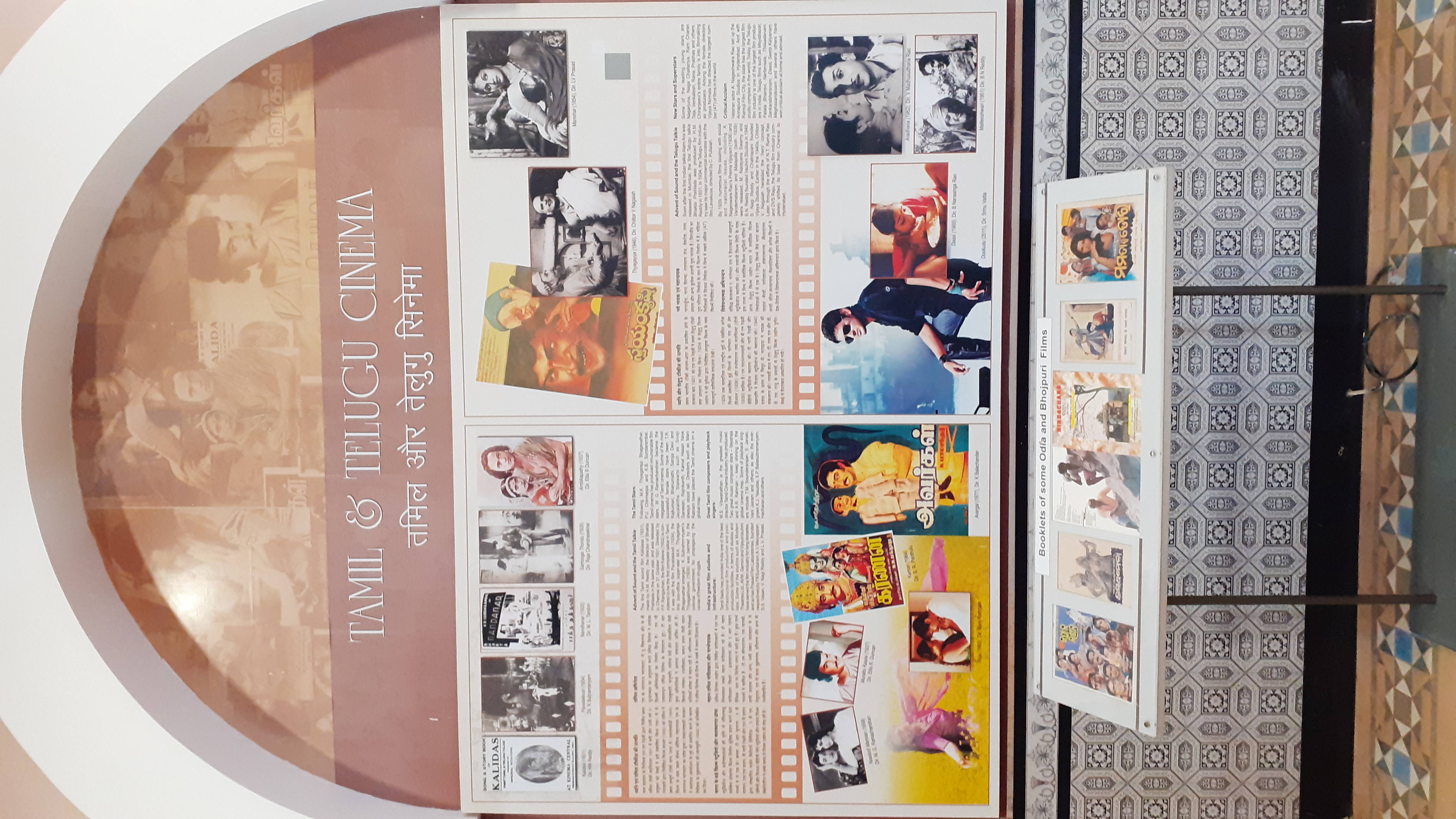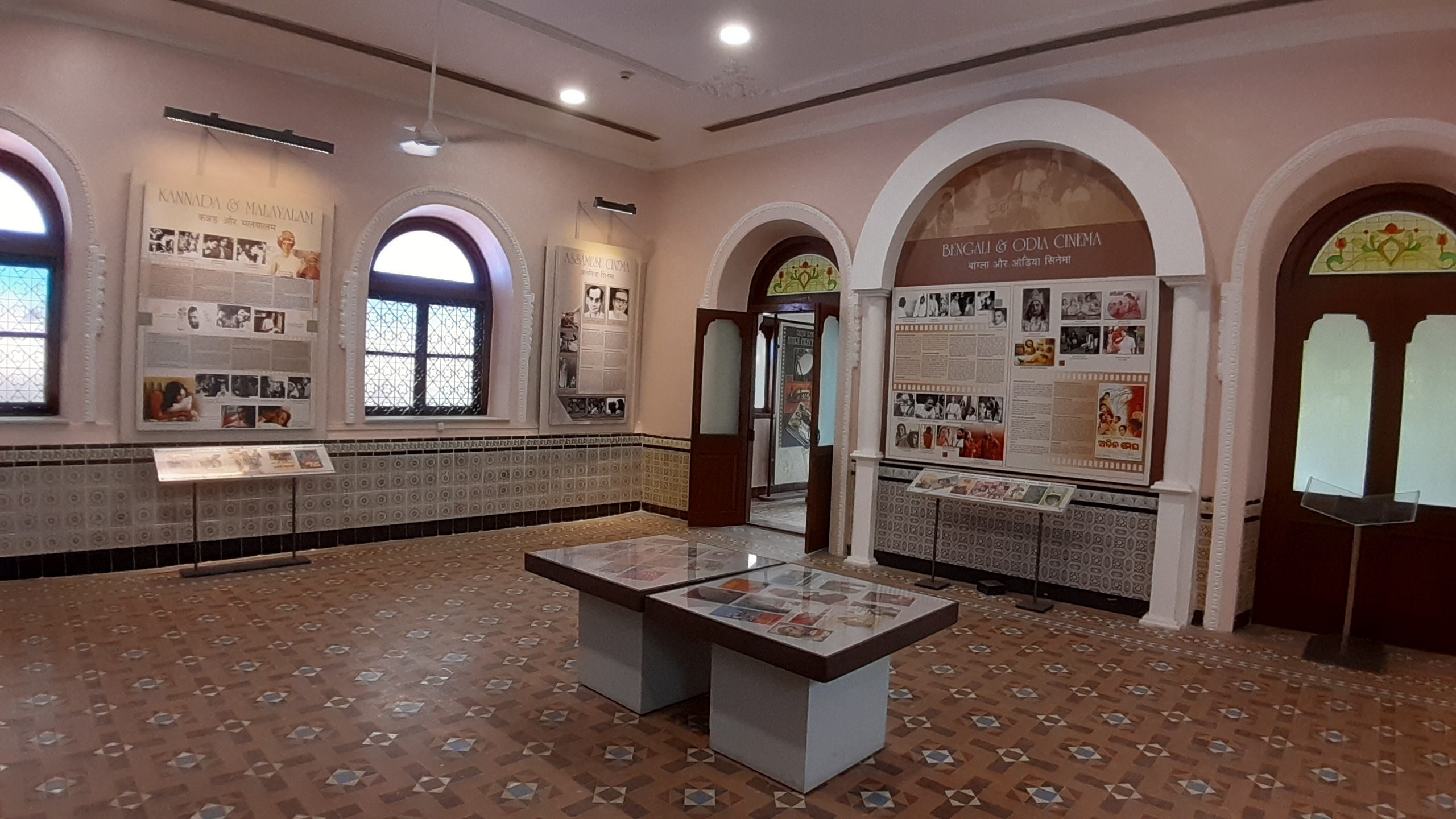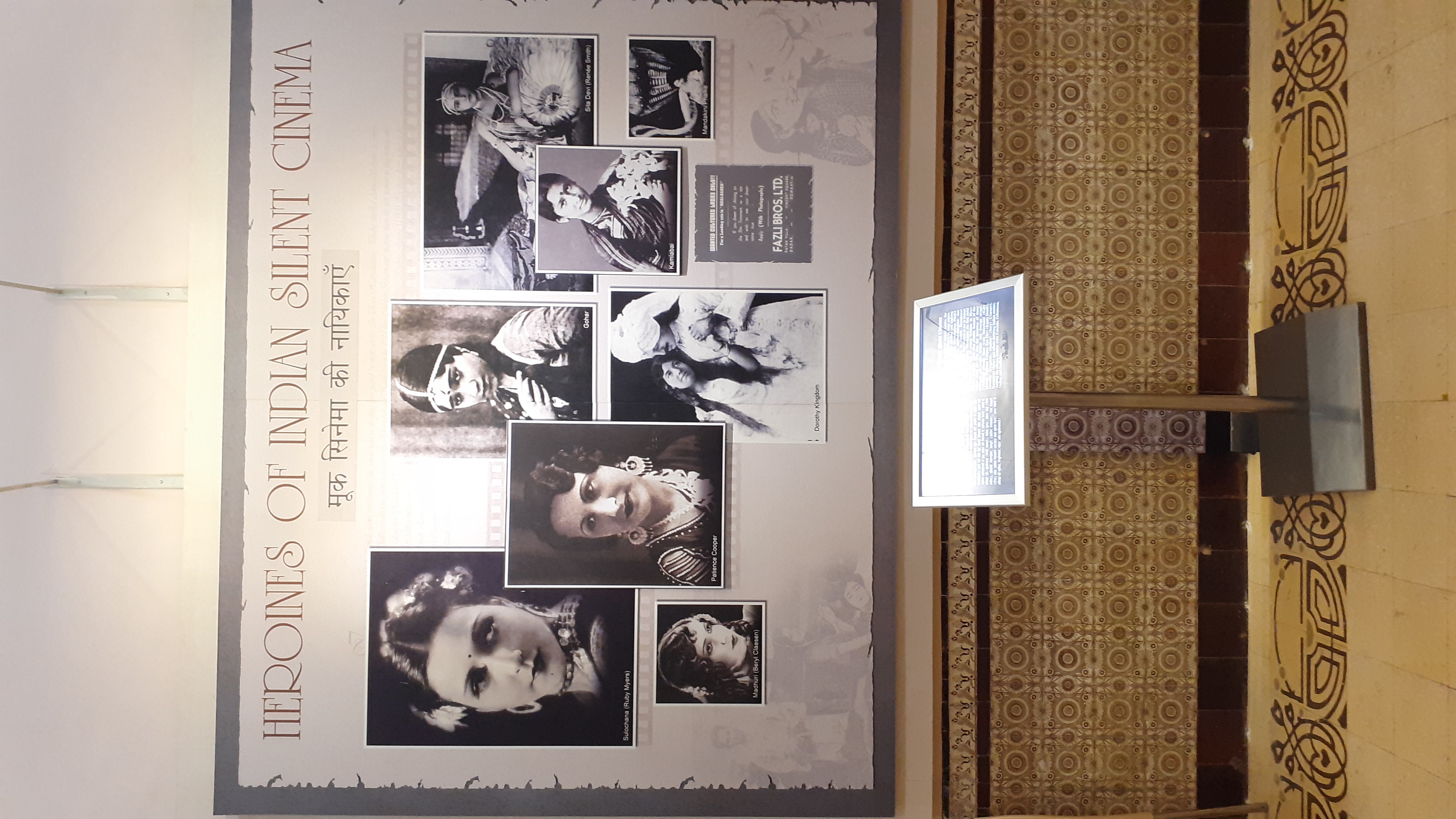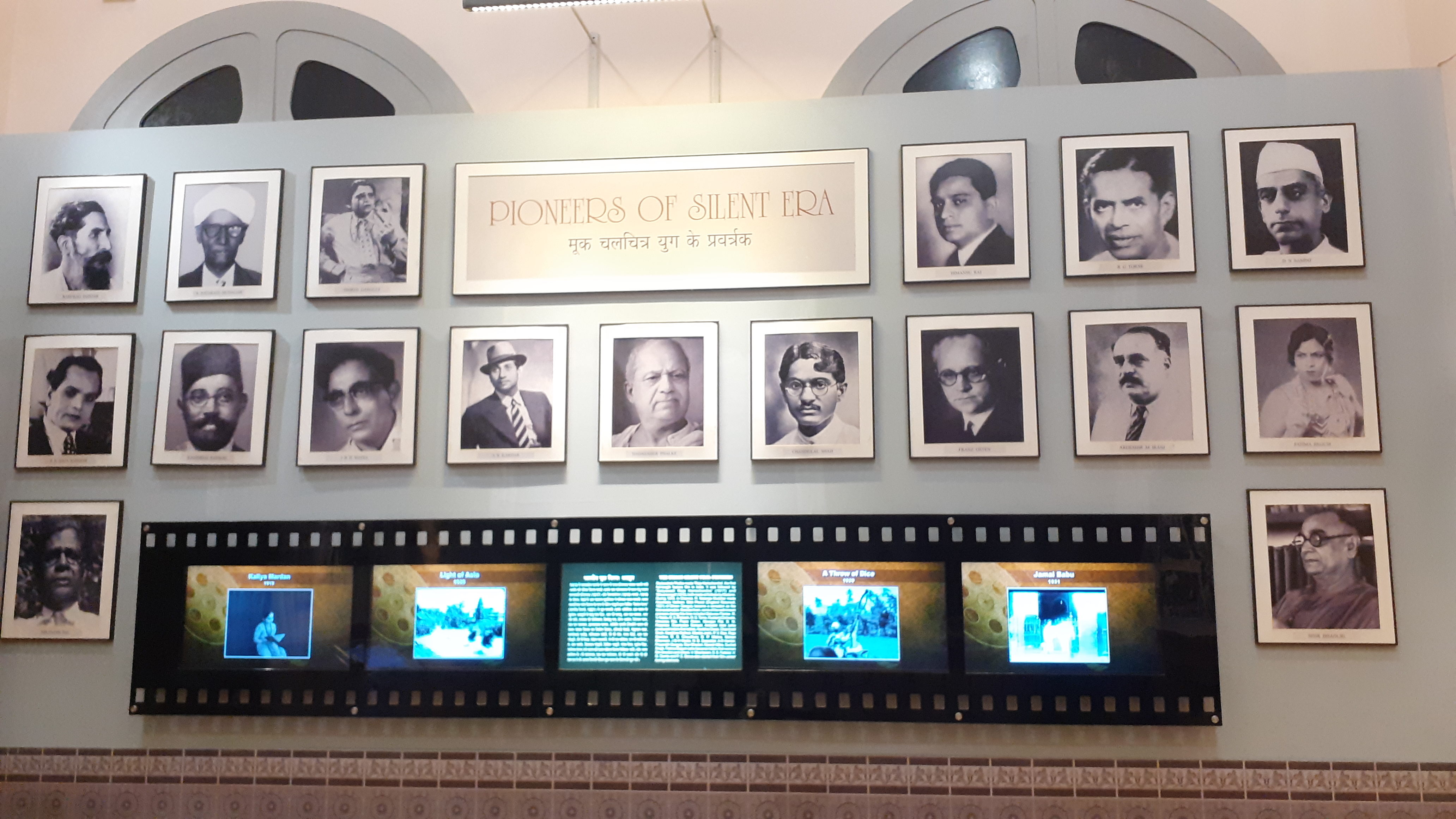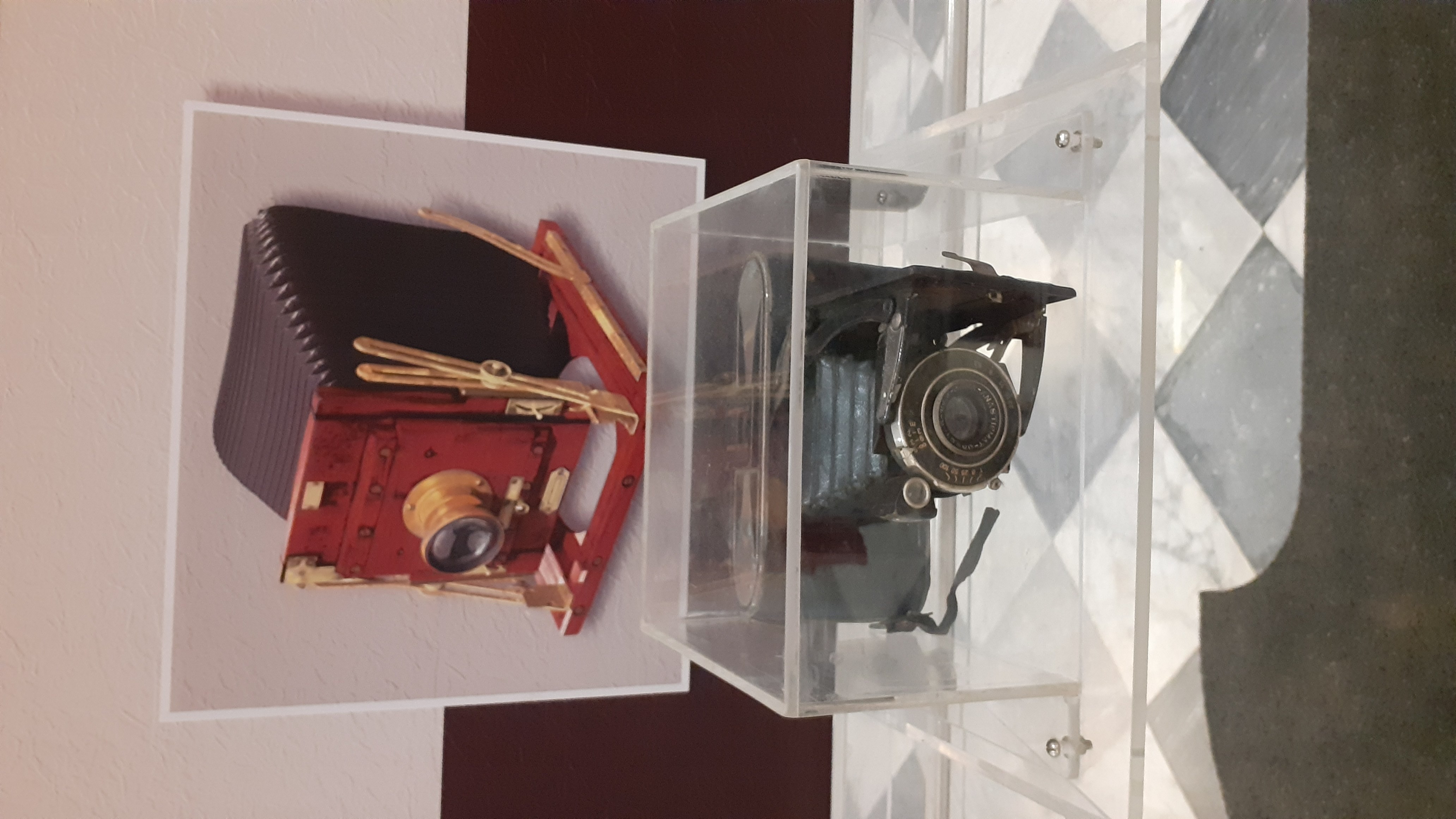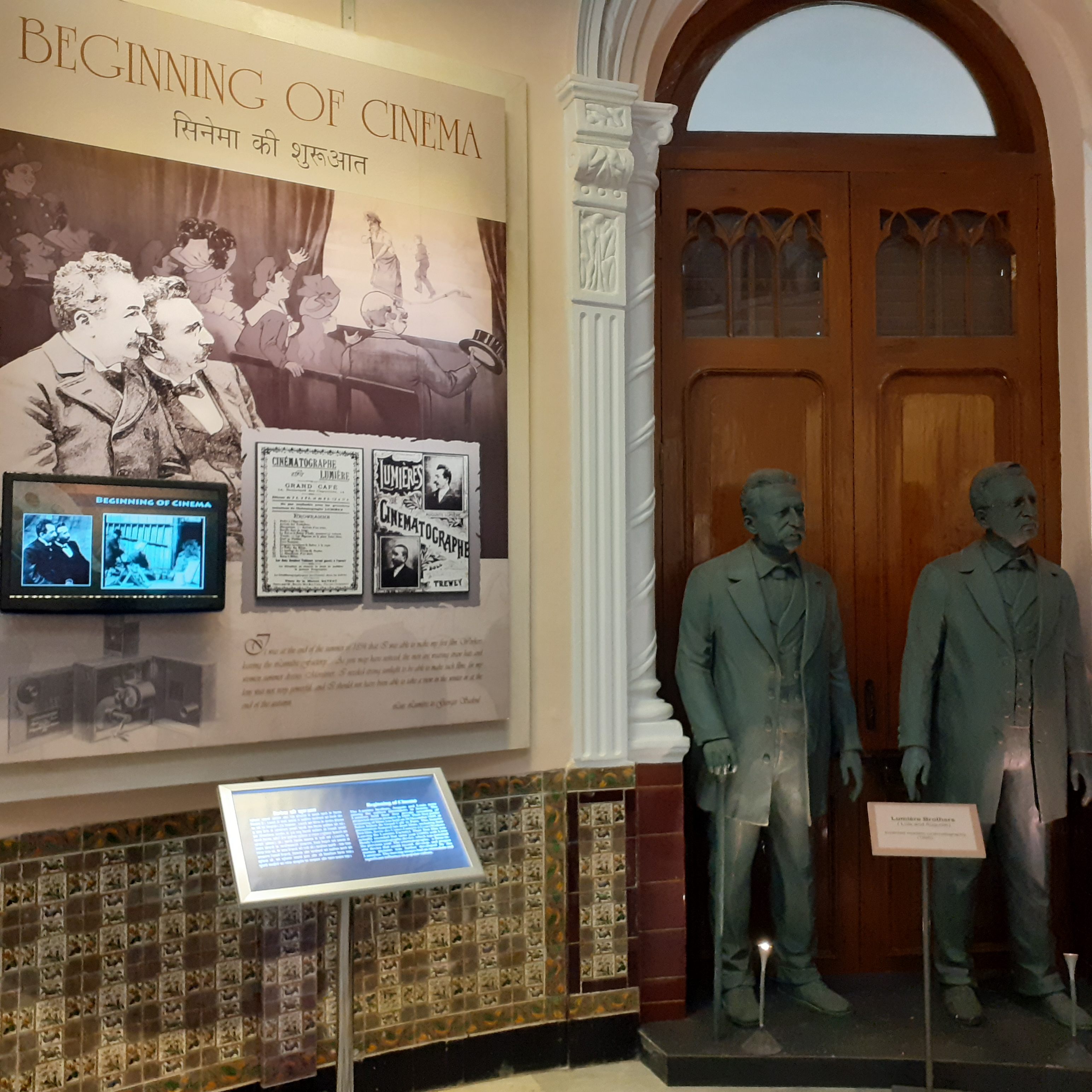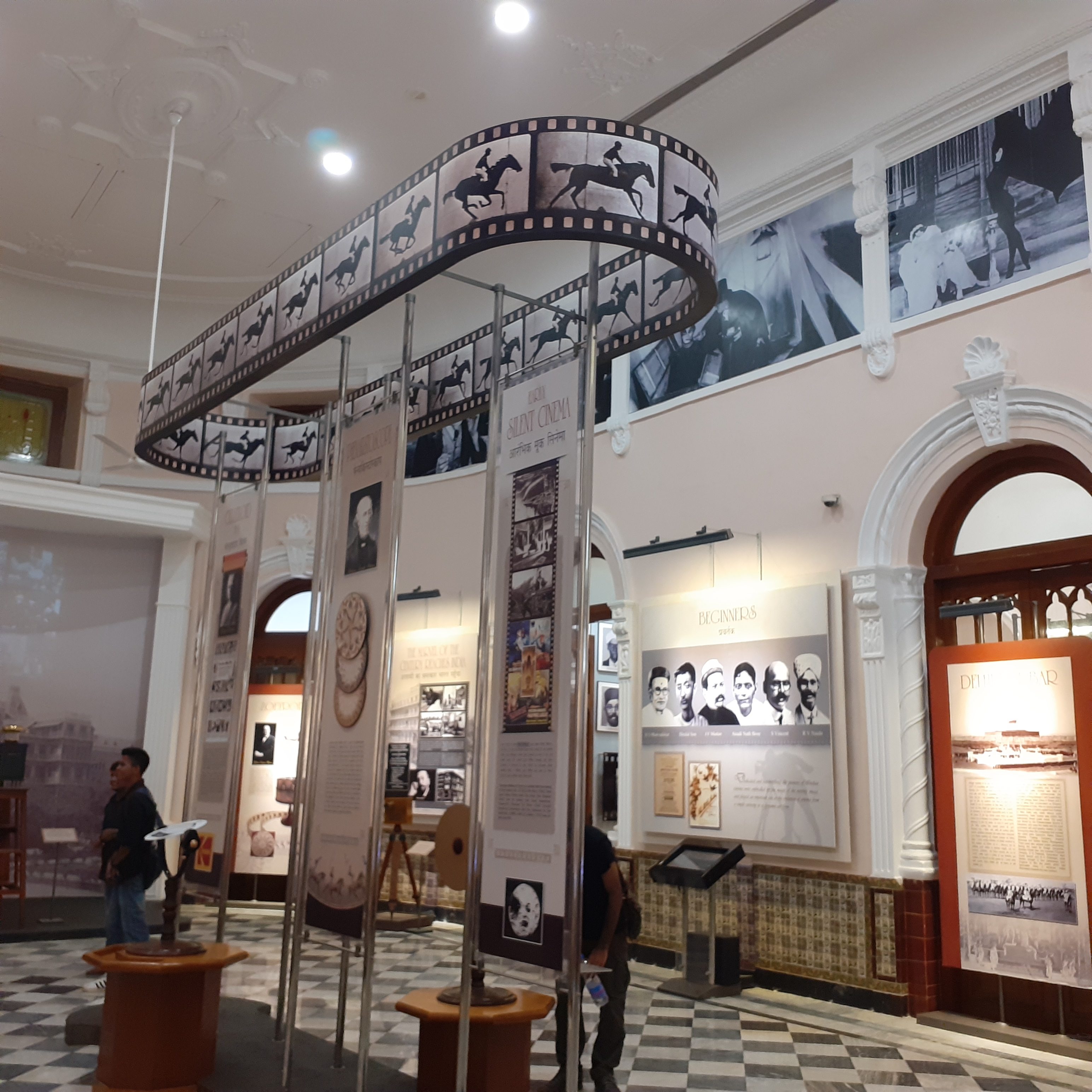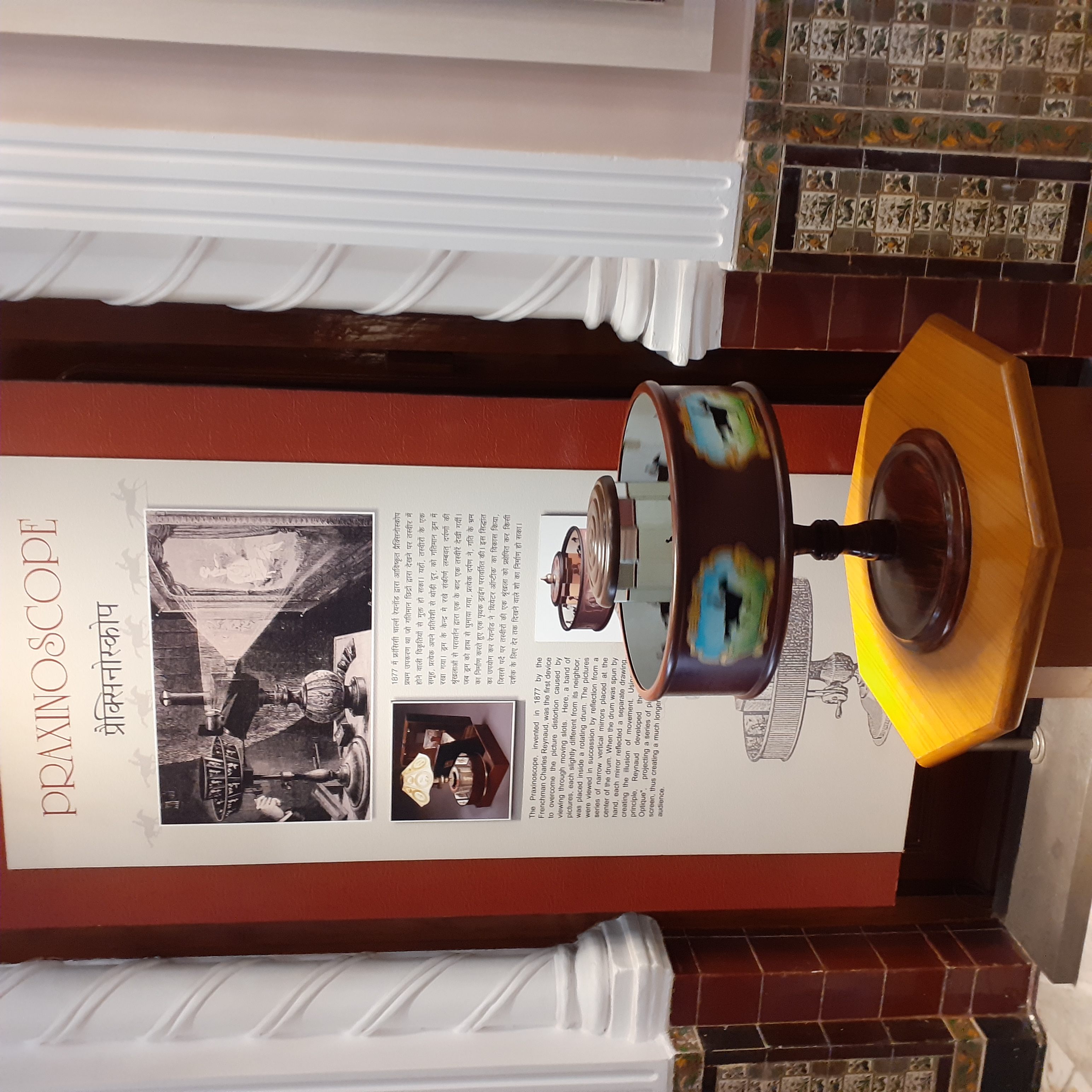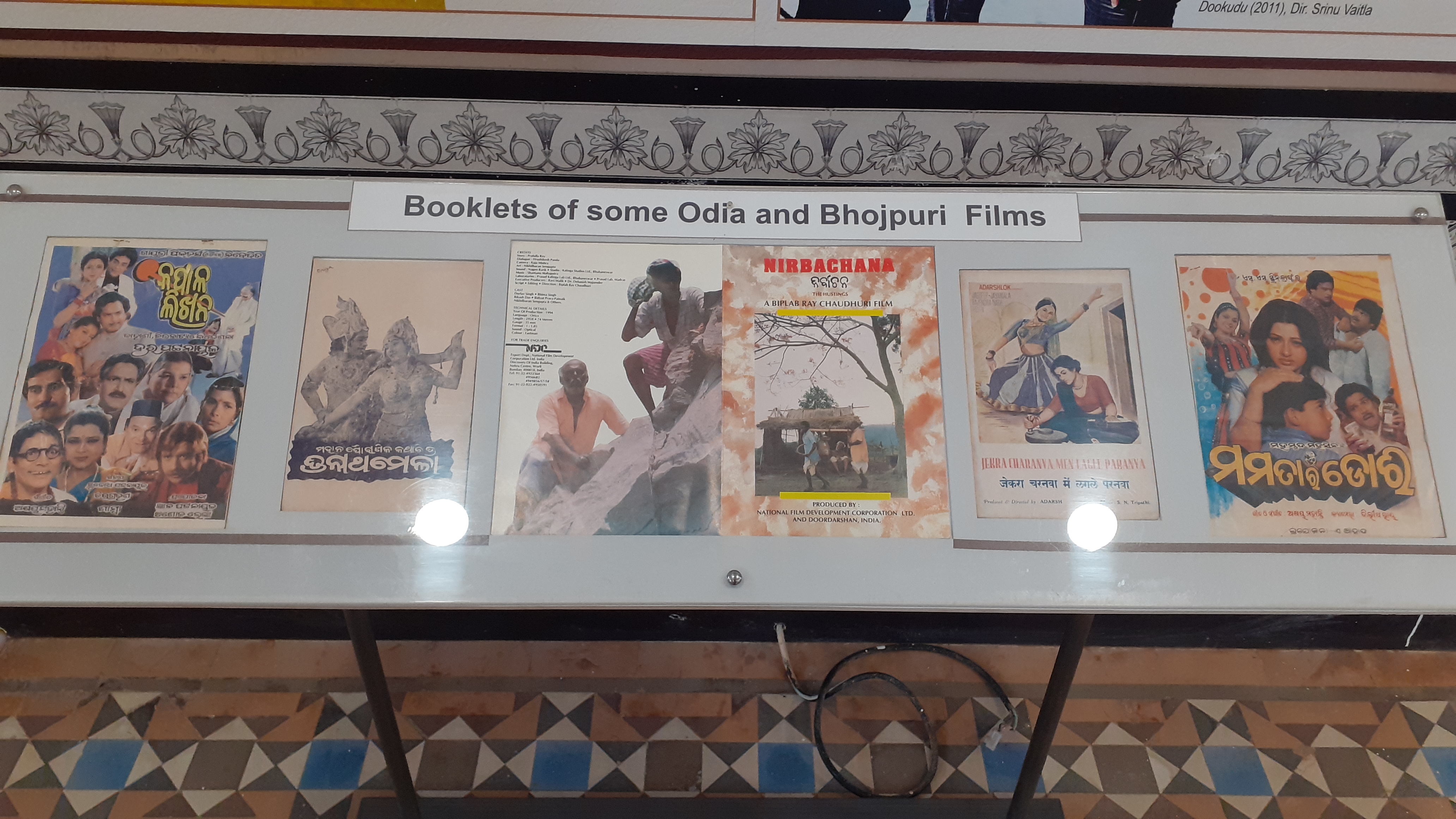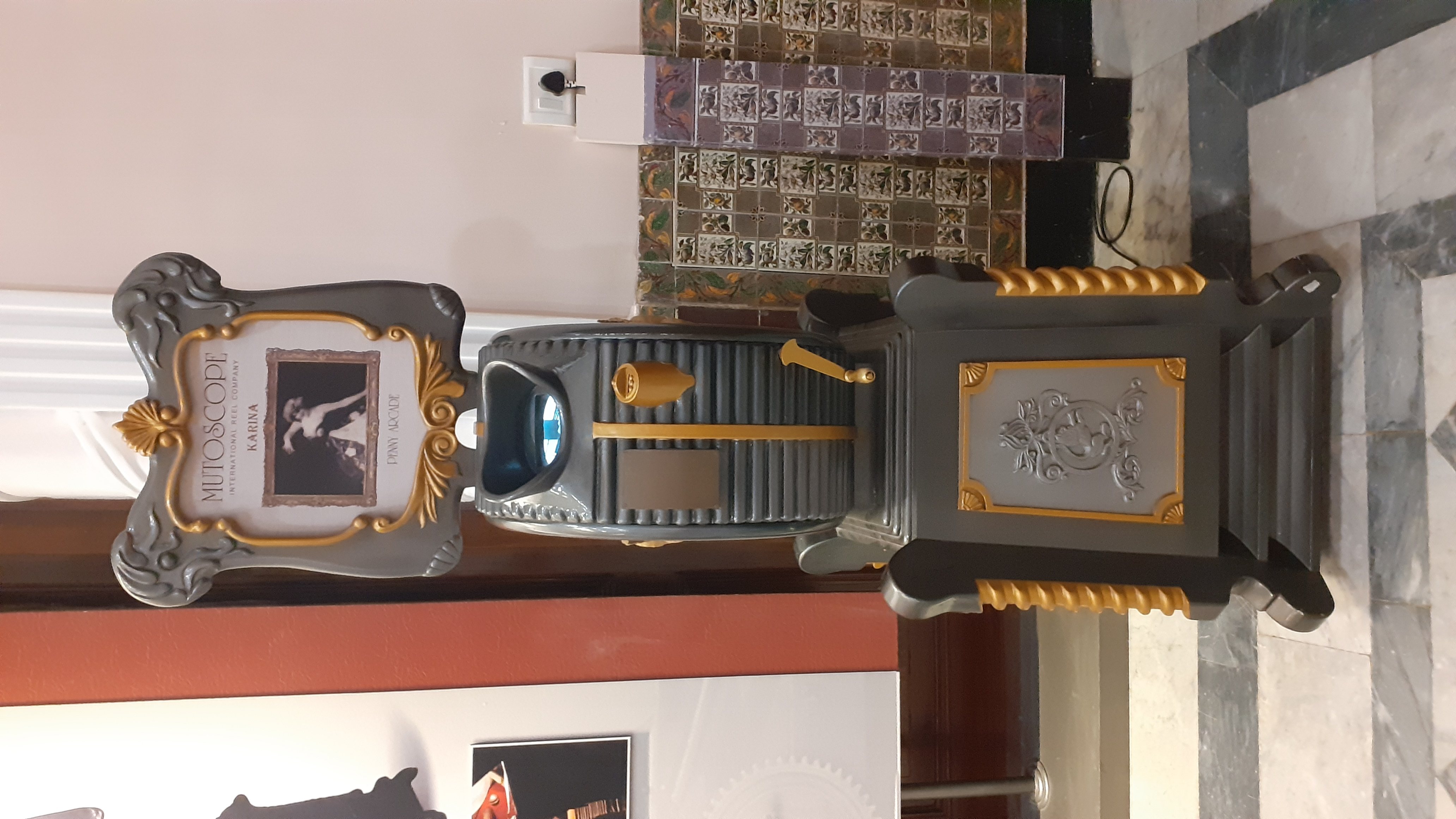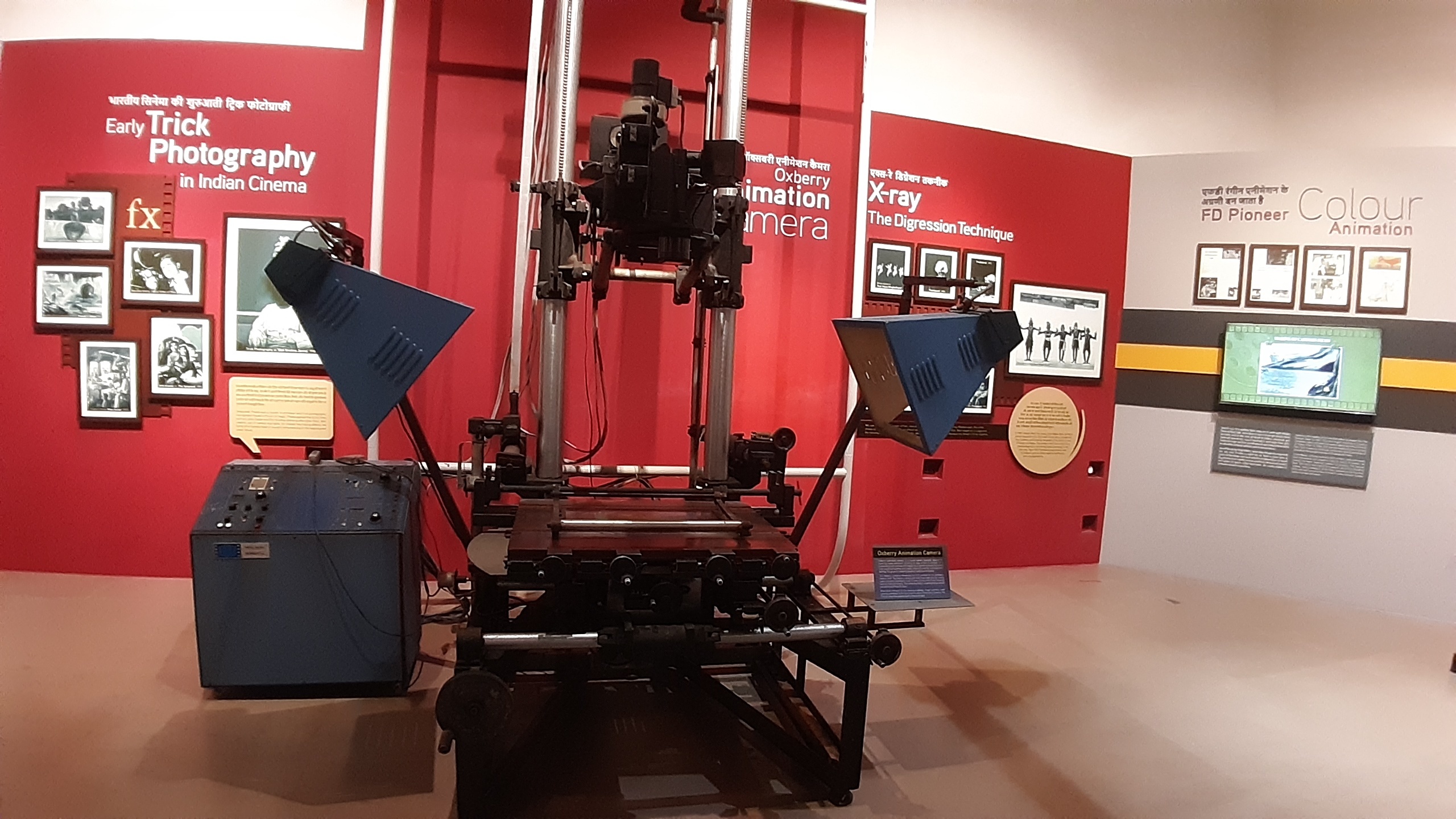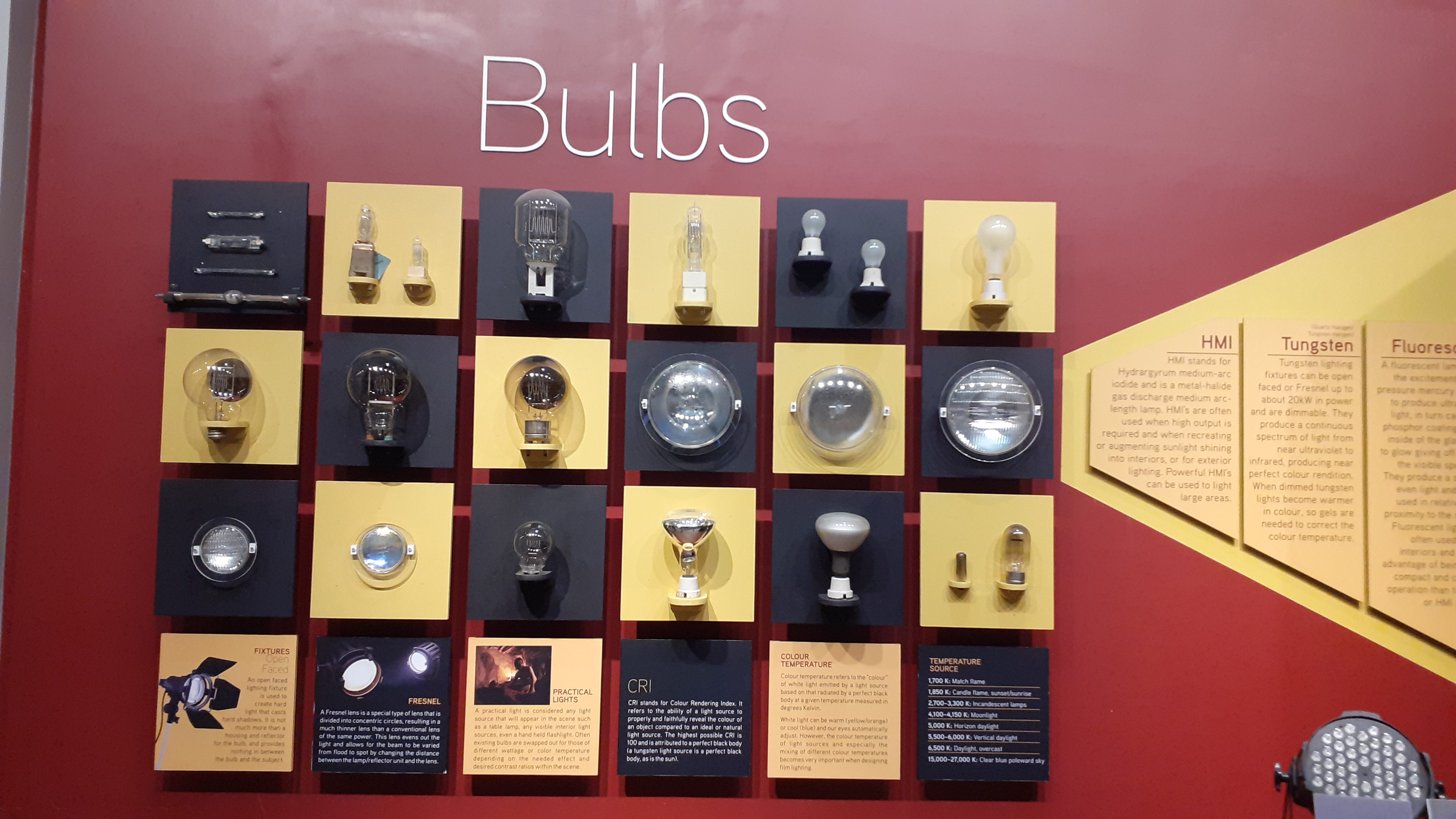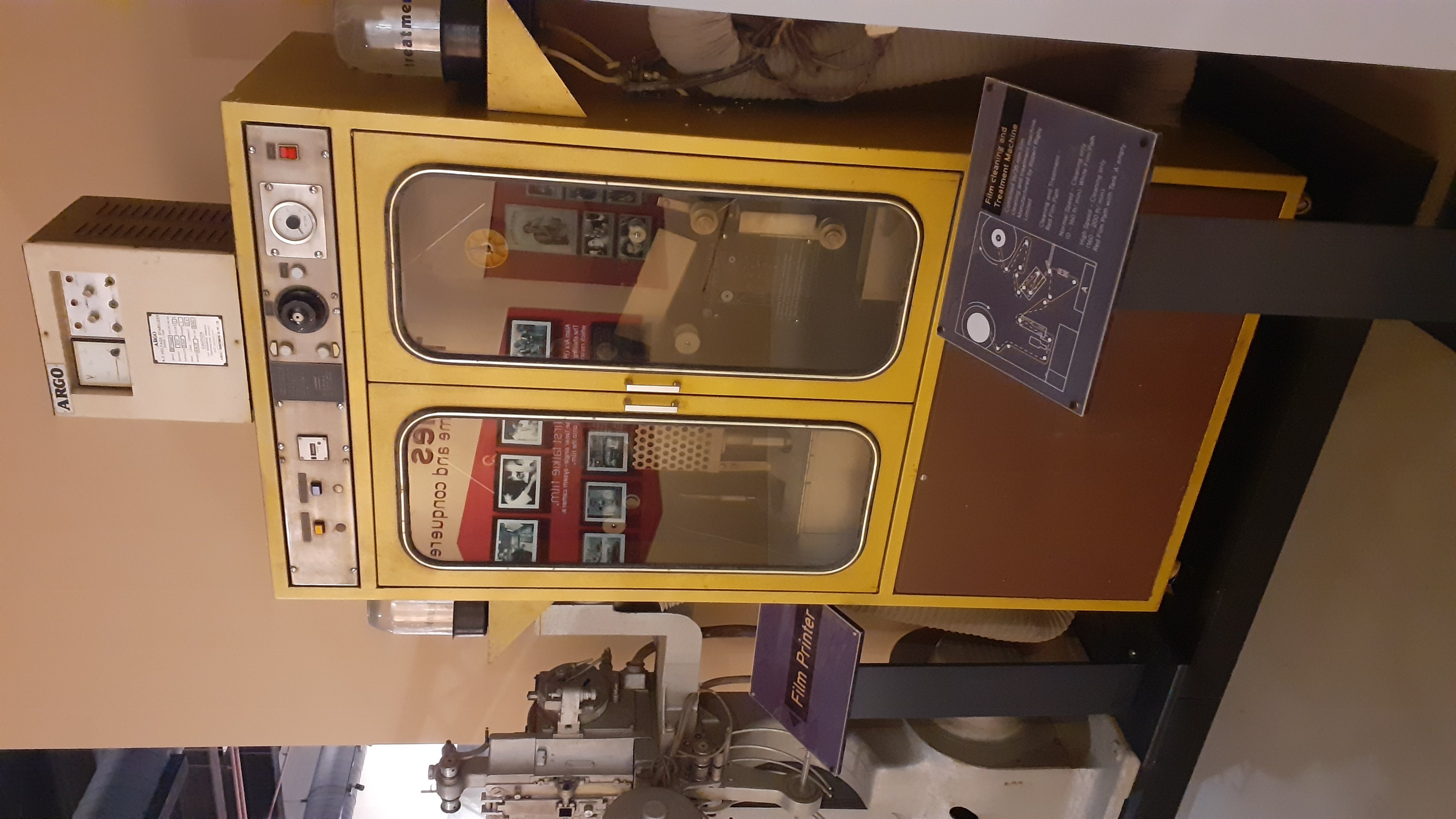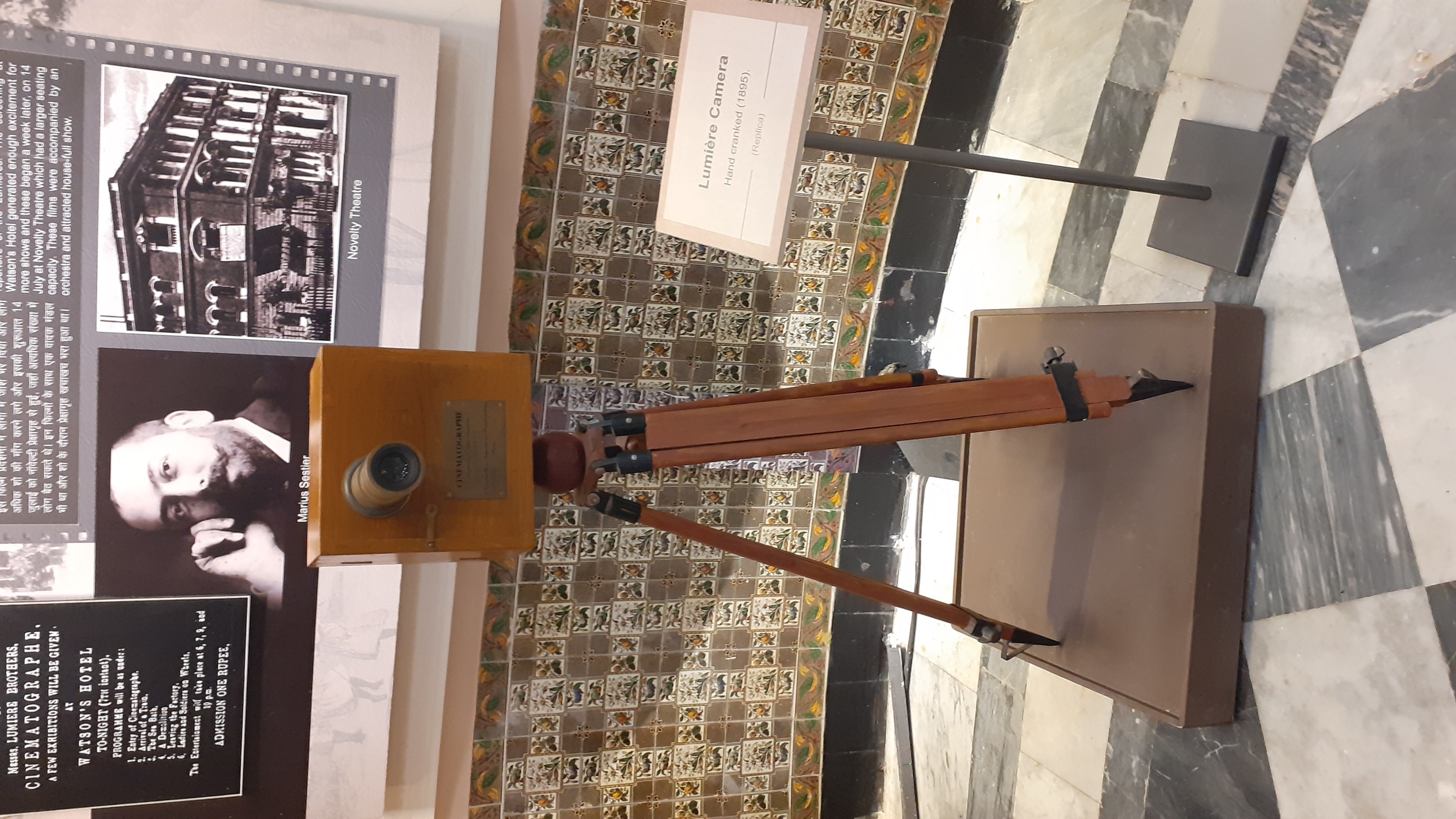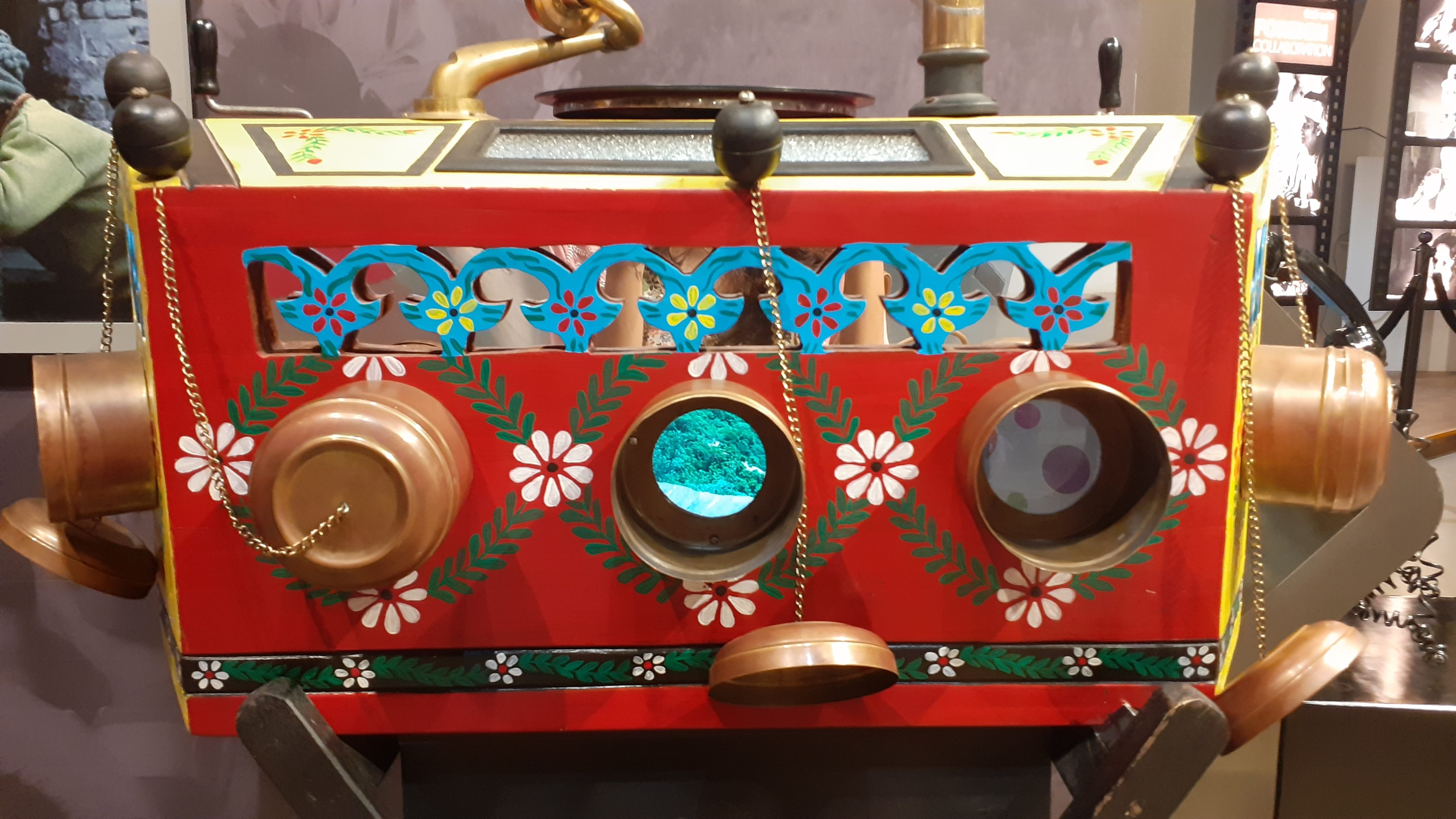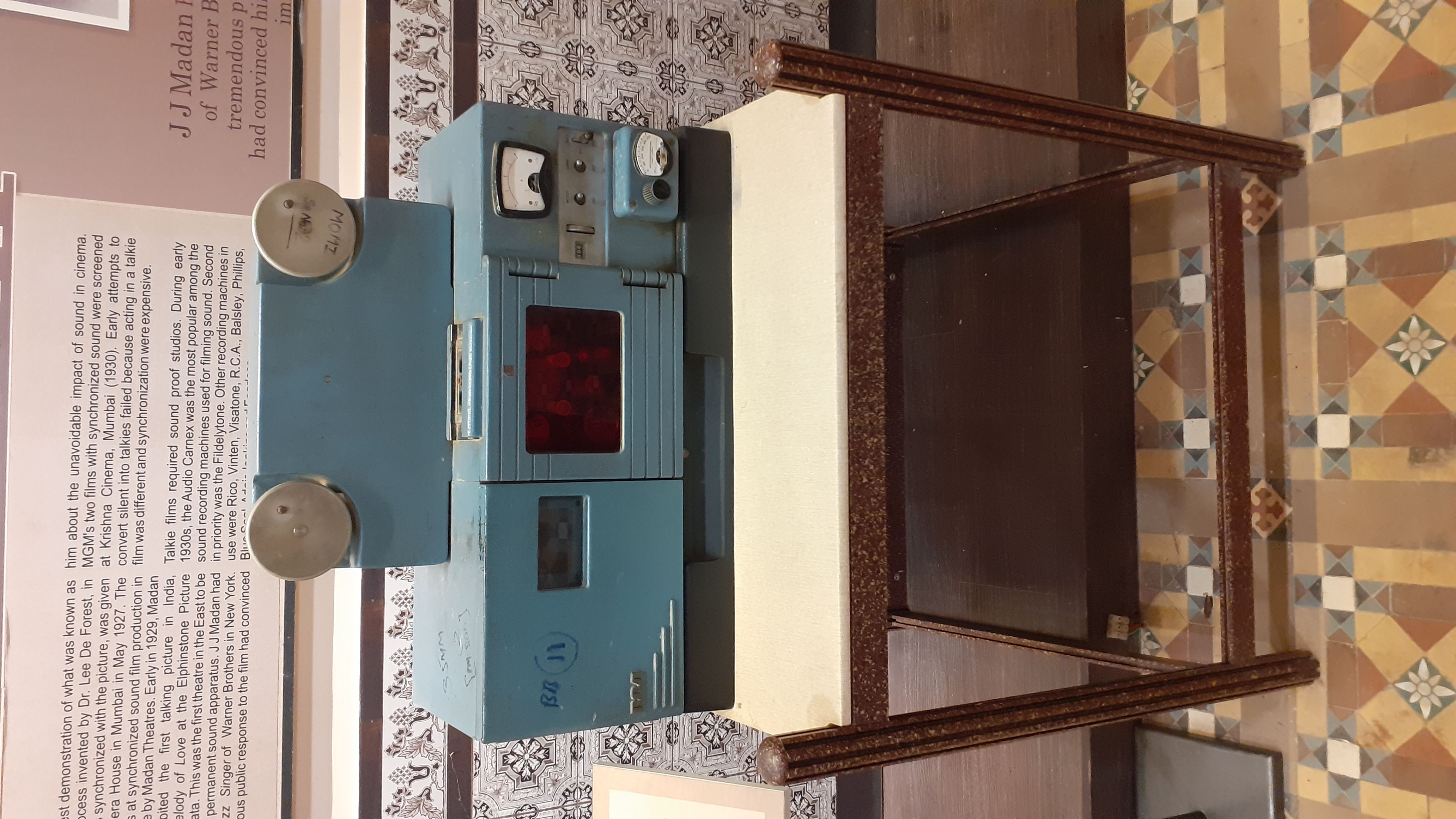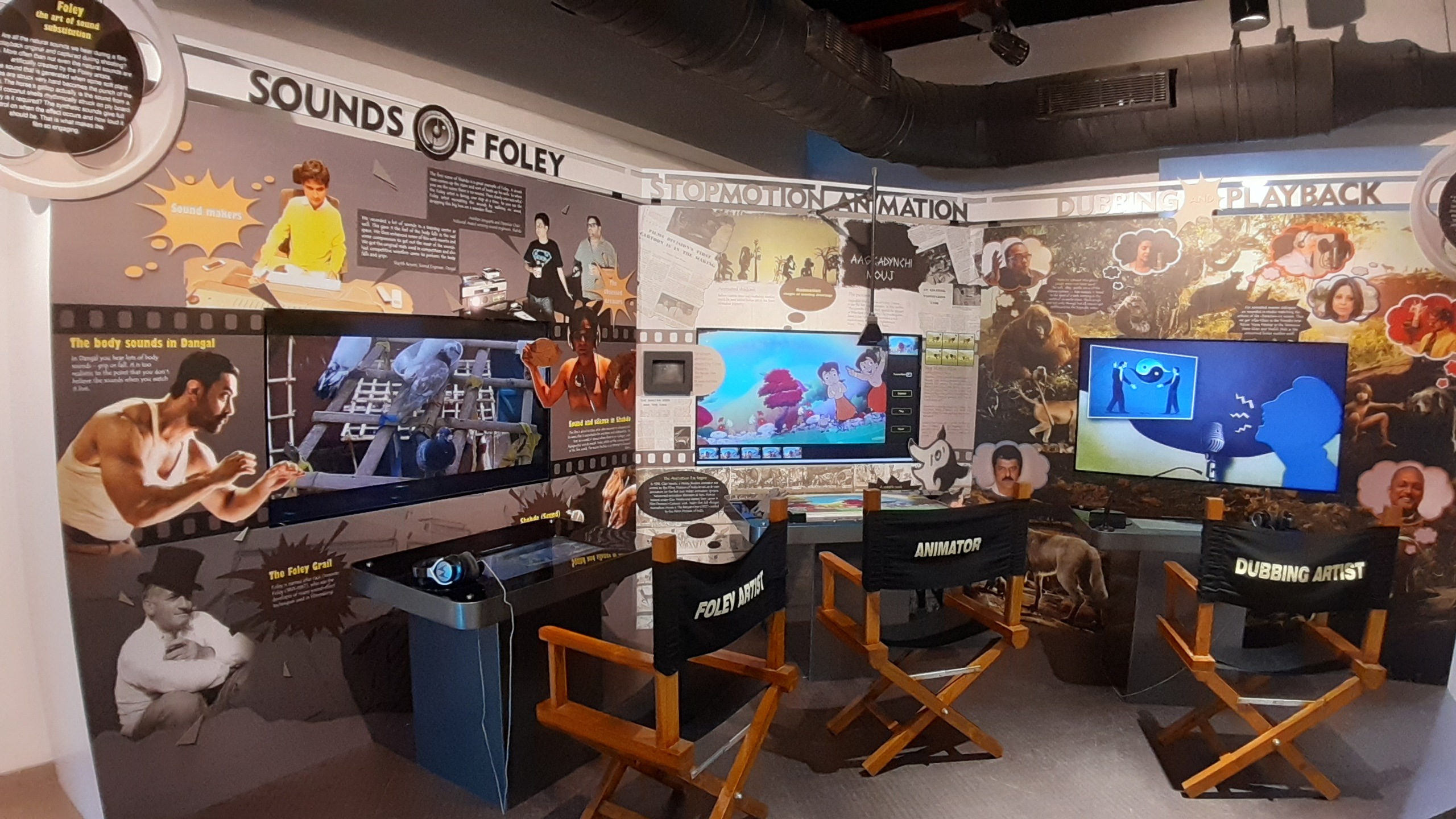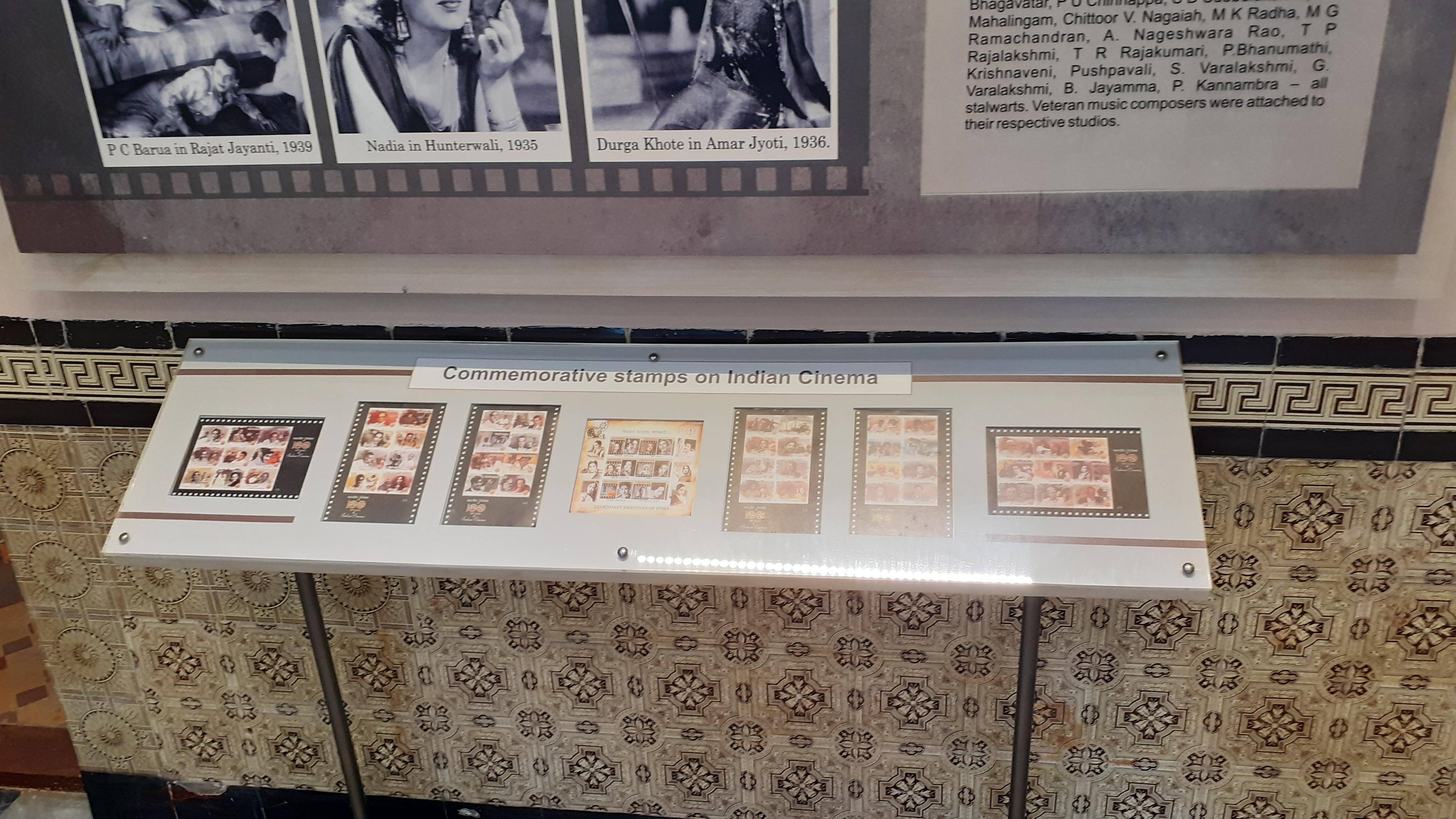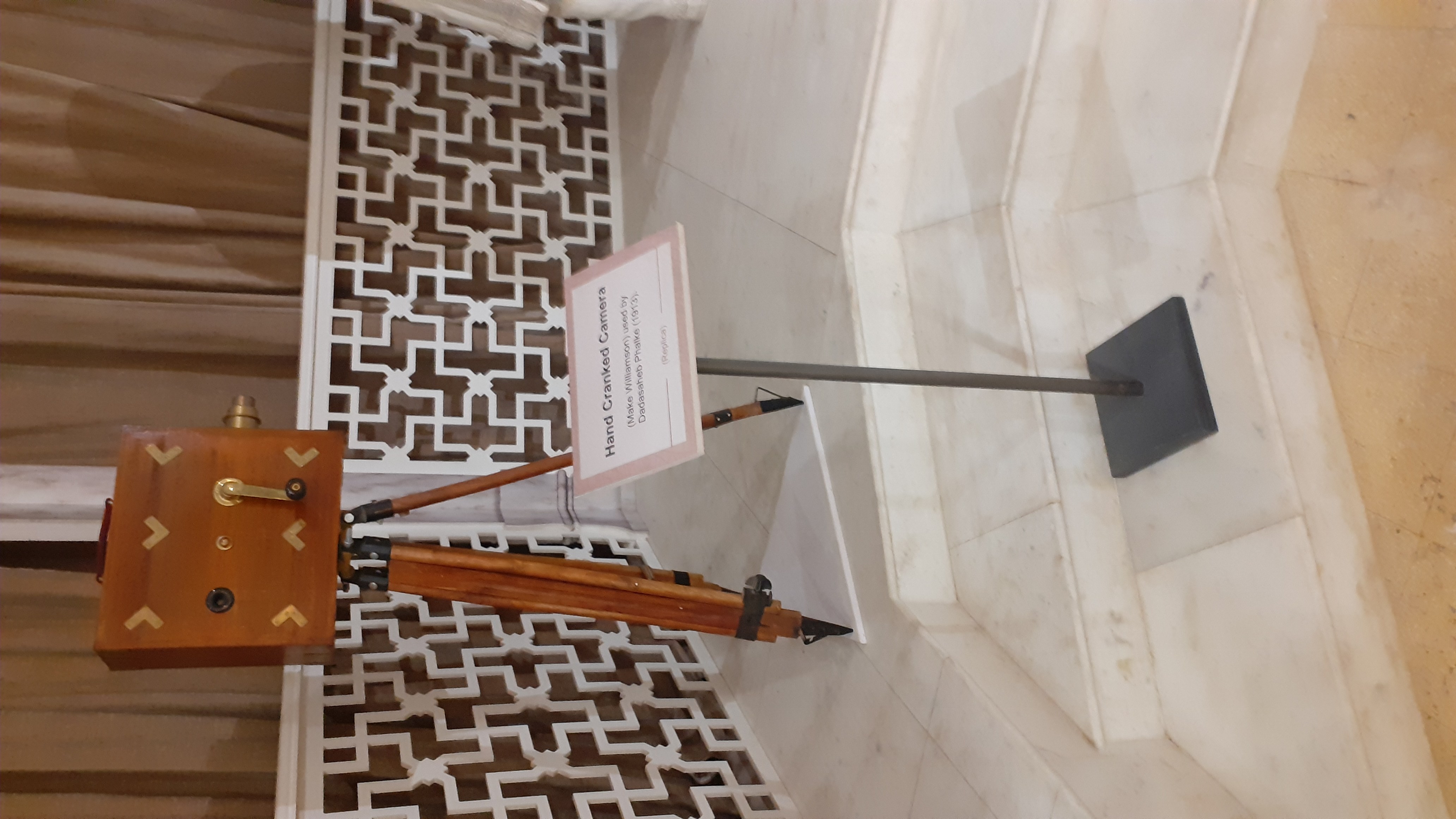Museum Address
Gulshan Mahal, 24, Pedder Road, Cumballa Hill, Mumbai, Maharashtra
Museum website
http://filmsdivision.org/nmic.html
Are there any docents or guides who visitors can directly call to book for a guided tour?
Yes
When was the museum established?
2019
Briefly describe the history of the museum, its collection and donors.
The recently inaugurated National Museum of Indian Cinema is the first of its kind. Housed in two buildings in the Films Division complex, it has a public space for visitors to relax and sit in. Gulshan Mahal, a beautifully restored nineteenth-century heritage building, has nine sections and take visitors through 100 years of Indian cinema. It's collection consists of several documents, posters, models/dioramas, multimedia kiosks and artefacts. Spread across two floors, the nine sections include: The Origin of Cinema, Cinema Comes to India, Indian Silent Film, Advent of Sound, The Studio Era, The Impact of World War II, Creative Resonance, New Wave and Beyond and Regional Cinema. However, the building isn’t disability friendly, as one has to climb wooden stairs to get to the first floor.
The New Museum Building has four fully air-conditioned exhibition halls spread across four floors (accessible through escalators and lifts). These include—Level 1: Gandhi and Cinema; Level 2: Children’s Film Studio; Level 3: Technology, Creativity and Indian Cinema; Level 4: Cinema across India. The children’s film studio is a must visit for young audiences and school groups as they provide children with an immersive experience, using interactive elements like a stop-motion animation studio, a sound effects and mixing studio, a photo studio and more. Instead of a tour guide, the museum has digital kiosks with old telephone receivers for certain exhibits, which one can pick up and listen to in three different languages. There are also timelines, wherever necessary, that place India on the world map. (Do not miss the section on Satyajit Ray and his cameras!).
Library and archives services
Yes
IT facilities ( Photocopying, printing, computer )
No
Any other facilities
They are currently in the process of setting up the library.
Conference/ Seminar hall
Yes
Who manages the museum?
Central Government
Person-in-charge of the museum
Director General
What is the average duration to see the museum?
1-2 hours
Map your museum’s correct location on the map given below.
Is the museum currently closed?
No
Image for museum exterior/building
Gallery Images
Image title
New Museum Building
Image title
The Regional Cinema Gallery
Image title
A view of the Regional Cinema Gallery
Image title
Gallery space
Image title
A praxinoscope, a nineteenth-century animation device
Image title
An exhibit at the Regional Cinema Gallery
Image title
An early motion-picture device called a mutoscope
Image title
An Oxberry animation camera
Image title
Different kinds of bulbs on display
Image title
A machine used for cleaning and treating film
Image title
A Lumiere hand-cranked camera
Image title
A bioscope show
Image title
A 35 mm RCA optical recorder
Image title
The Children's Film Studio
Image title
Stamps commemorating important moments in Indian cinema
Image title
A hand-cranked camera used by Dadasaheb Phalke in 1913
Entry fee information
Free entry for children (upto 12 years) and students (with valid ID proof. Adults: INR 20; Foreign nationals: INR 500.
Opening Days
Sunday
Tuesday
Wednesday
Thursday
Friday
Saturday
The best time of the day to visit the museum?
Weekday mornings are the least crowded and would be the best time to visit the museum.
Interesting things about the Museum
The museum consists of two buildings: the first is Gulshan Mahal, a nineteenth-century heritage building, and the second is the New Museum Building. Both are housed in the Films Division complex. The display is very well-integrated; it has self informative along with interactive kiosks that audiences can explore. It has a special children’s gallery, where kids can get a hands-on experience about the various processes of film-making.
Most uninteresting aspect of the museum
One get lost without directions
a. Helpfulness (guides, guards, curator, director)
Great
b. Approachability (curator, director)
Great
Name of Museum Surveyor
Sayali Mundye
